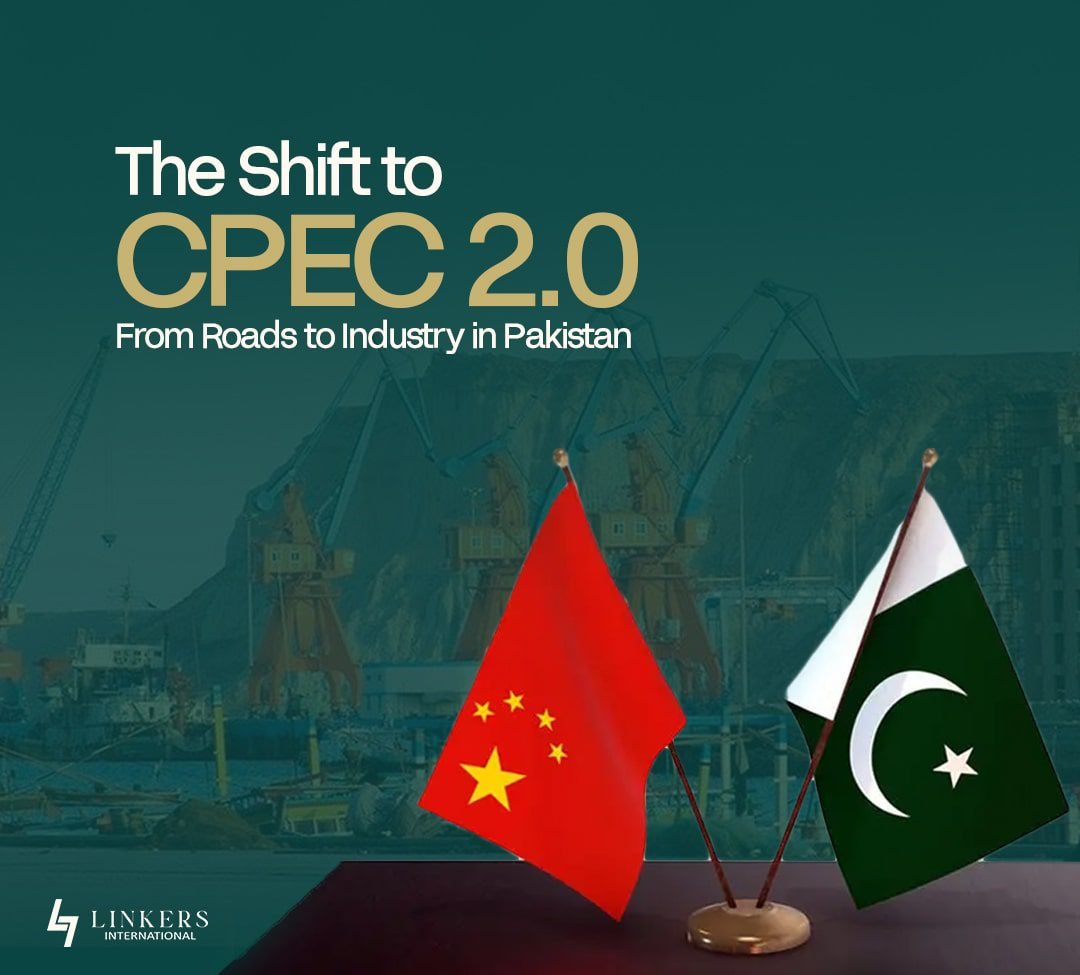For over a decade, the China-Pakistan Economic Corridor (CPEC) has served as the backbone of Pakistan’s infrastructure revival, laying down highways, building power plants, and linking ports. But now, the story is shifting gears.
Welcome to CPEC 2.0: a strategic transformation from concrete-heavy infrastructure projects to a broader vision of industrial development, digital innovation, and agricultural modernization. This new phase signals a move from building the “corridor” to energizing what lies alongside it—Pakistan’s industries, technologies, and farmlands.
From Construction Sites to Economic Zones: The Rise of SEZs
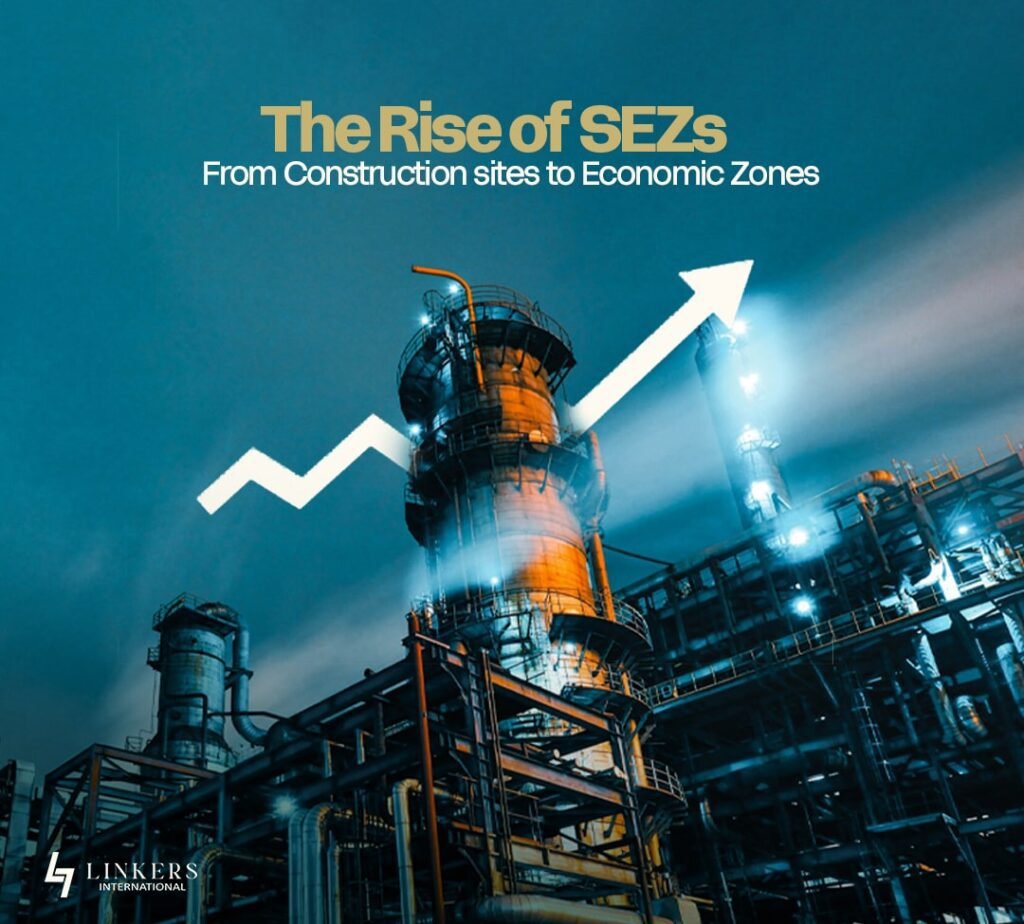
One of the most striking shifts in CPEC 2.0 is the focus on Special Economic Zones (SEZs). These designated industrial hubs are more than just clusters of factories—they’re designed to anchor investment, generate employment, and create value far beyond the projects of CPEC’s early years.
Take the Rashakai Special Economic Zone in Khyber Pakhtunkhwa. Located near the M-1 Motorway, this 1,000-acre site completed its first development phase in mid-2023. With over Rs. 85 billion already committed in investment, it’s expected to create around 80,000 direct and indirect jobs. Industries from textiles and electronics to food processing are already setting up shop, most notably Century Steel, a Chinese firm that has become one of the early movers.
In Punjab, the Allama Iqbal Industrial City near Faisalabad is coming alive on over 3,000 acres of land. Operated by the Faisalabad Industrial Estate Development & Management Company (FIEDMC), it has attracted attention from both domestic manufacturers and Chinese textile giants. The proximity to a city known for its export economy gives it an edge—particularly for sectors like pharmaceuticals, auto parts, and chemicals.
Meanwhile, the federal capital has joined the movement with the launch of the Islamabad Model Special Economic Zone in July 2023. Strategically located near Islamabad Airport and the Rawalpindi Ring Road, this zone is geared toward high-tech sectors—IT hardware, logistics, precision manufacturing, and renewable energy. With a projected $2.5 billion in investment, it’s expected to become a central hub for research-driven industries.
These zones are not only industrial parks; they represent a shift in how Pakistan intends to grow through targeted investment, strategic geography, and global collaboration.
Digital Silk Road: Technology Meets Trade

CPEC 2.0 isn’t just reshaping physical infrastructure; it’s also laying the foundation for a more connected, digital future. In step with China’s Digital Silk Road initiative, Pakistan is investing in a technological backbone that could redefine how businesses operate and citizens connect.
Some of the major achievements in this are:
- Fiber Optic Infrastructure: The Pakistan-China Optical Fiber Cable (822 km) running from Khunjerab to Rawalpindi is now operational, improving national connectivity.
- E-Commerce and Fintech: Collaborative ventures are exploring digital payment platforms and online marketplaces.
- Smart Infrastructure: Concepts like digital traffic systems and data centers are in planning, aimed at modernizing public services.
A key milestone was the completion of the Pakistan-China Optical Fiber Cable—a high-speed 822-kilometer link from Khunjerab Pass to Rawalpindi. This fiber optic connection is already improving digital capacity across the country, especially in remote areas where connectivity was previously unreliable.
But the ambition doesn’t stop there. Discussions are underway for intelligent traffic systems, data centers, and digital governance platforms. Pakistani and Chinese firms are also exploring partnerships in e-commerce and fintech—developing mobile payment solutions and online marketplaces that can serve millions of users.
With the digital economy projected to grow to $20 billion by 2027, CPEC is helping to build not just roads, but the digital highways of tomorrow.
Modernizing Agriculture: Feeding the Economy, Not Just the Nation
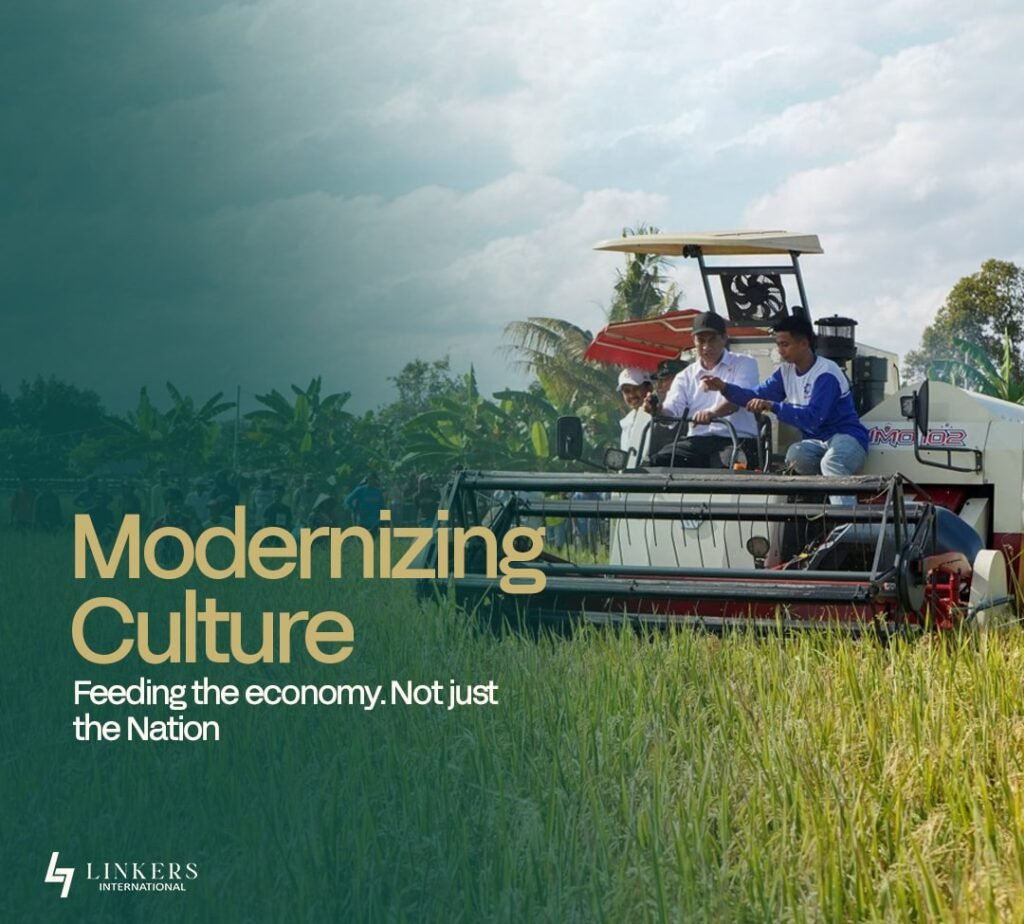
While industry and tech often dominate headlines, agriculture remains the lifeblood of Pakistan’s economy. Employing nearly 37% of the workforce, it has long needed reform—and CPEC 2.0 is now addressing that.
New collaborations between Chinese agritech companies and Pakistani farmers are introducing advanced techniques such as precision farming, drip irrigation, and high-yield seed varieties. One early success story comes from hybrid rice cultivation in Sindh and Punjab, where yields have increased by up to 40% per acre.
The vision is not only to grow more, but to export better. That’s why food processing zones are being integrated into SEZs like Rashakai and Dhabeji. These zones will help Pakistan shift from raw commodity exports to higher-value processed goods.
In parallel, investment in cold storage facilities and agri-export logistics aims to slash post-harvest losses—still shockingly high, with up to 40% of perishables lost before they reach market.
What’s Already Delivering Results
| Metric | Impact |
| SEZ Investment | Over $1.2 billion committed across three major zones |
| Job Creation | More than 150,000 projected in early SEZ rollouts |
| Digital Connectivity | 822 km high-speed optical fiber link now live |
| Agricultural Yields | Up to 40% yield increase in hybrid rice and drip irrigation pilot projects |
Signs of Progress and the Roadblocks Ahead
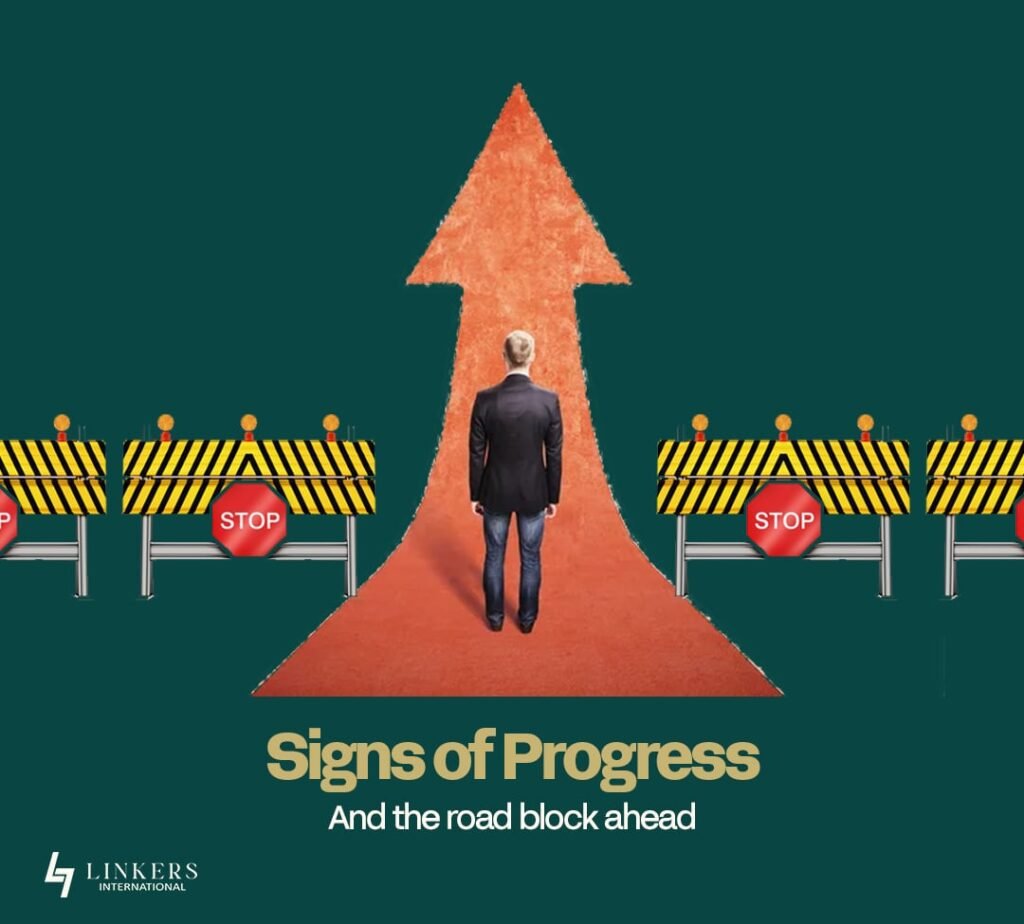
The early indicators of CPEC 2.0’s impact are promising. Investment across the three major SEZs now exceeds $1.2 billion. Job projections are in the hundreds of thousands. Digital connectivity is improving. Crop yields are rising. It’s a tangible shift from the “build and wait” approach of the past.
But progress is uneven, and challenges remain.
Bureaucratic delays continue to frustrate investors. Insecurity in parts of Balochistan and the western border regions raises questions about long-term stability. The skills gap in Pakistan’s workforce is a growing concern, especially as SEZs gear up for high-tech operations. And in many underdeveloped areas, there’s a disconnect between national-level announcements and local-level benefits.
Conclusion: A Corridor Becoming a Catalyst
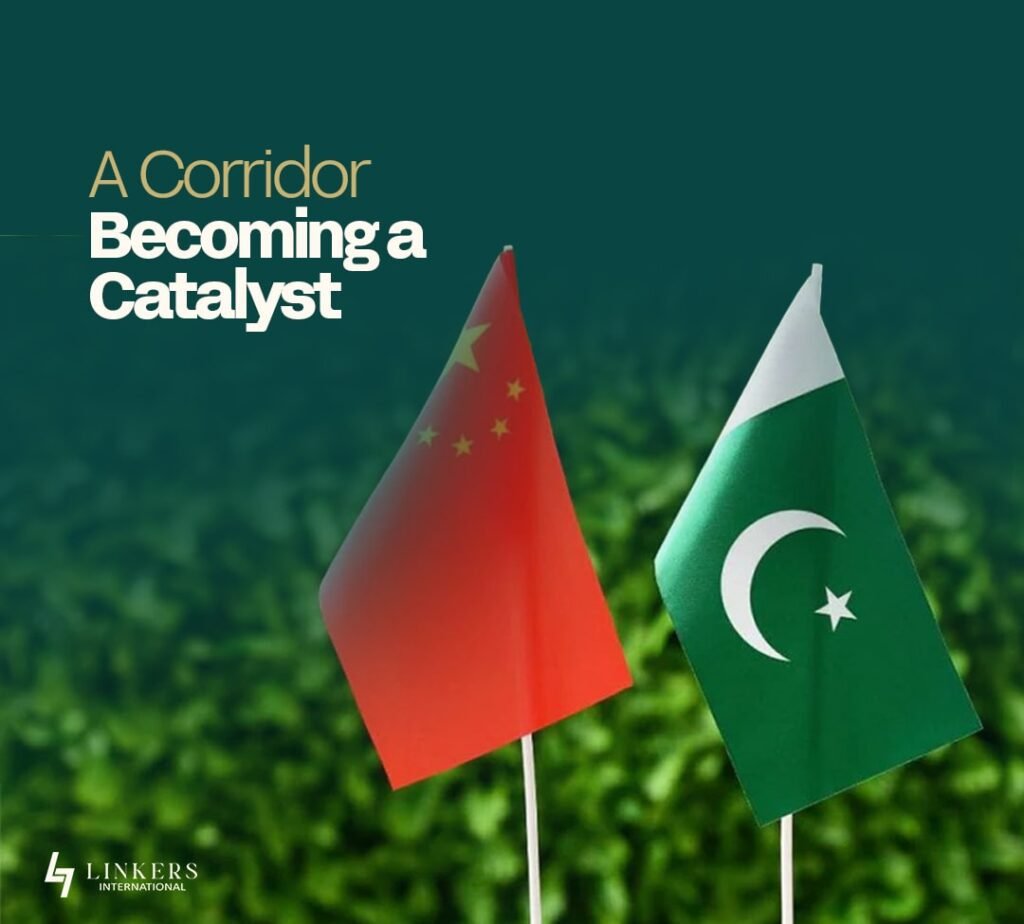
CPEC 2.0 is more than just a continuation, it’s a reinvention.
From concrete roads to industrial zones, from fiber optic cables to fintech, from barren fields to export-ready produce, Pakistan is beginning to reshape how it leverages its strategic partnership with China. This is no longer just about transit—it’s about transformation.
Yet, the promise of CPEC 2.0 will be measured not only by the scale of investment or the number of factories built, but by how inclusive, sustainable, and locally empowering this development becomes.
If the execution matches the ambition, Pakistan may finally turn the corner from being a logistics route to becoming a truly regional economic engine.


